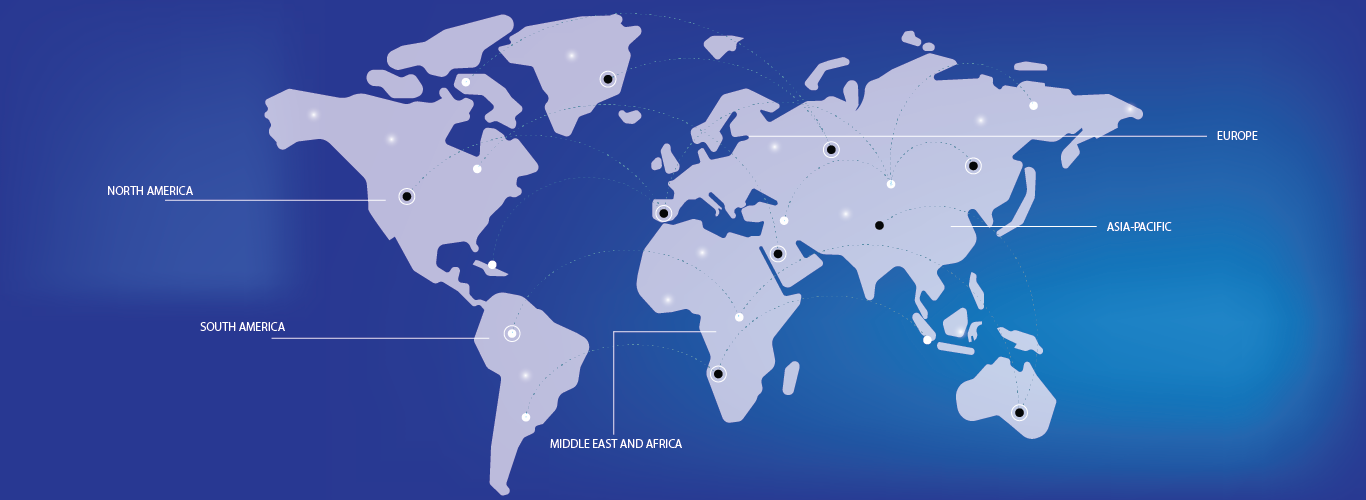The plant phenotyping market is witnessing significant advancements, particularly in automation and high-throughput technologies. One of the latest methods is the integration of artificial intelligence (AI) and machine learning (ML) with imaging techniques. This allows for the analysis of large-scale plant traits with high precision. Hyperspectral imaging system, for instance, is now widely used to assess plant health, stress response, and nutrient content by capturing data across multiple wavelengths of light. Drones and robotic systems are also playing a pivotal role in the automation of data collection, reducing the need for manual intervention.
In addition, advancements in sensor technology, such as the development of next-generation phenotyping platforms, enable real-time monitoring of plant growth under various environmental conditions. These systems allow for more accurate, reproducible, and faster data collection compared to traditional methods.
The growth of the plant phenotyping market is fueled by the increasing demand for crop optimization in agriculture. This includes improving yields, resistance to diseases, and adapting to climate change. AI, ML, and automation are central to this growth, driving innovation and expanding market opportunities.






